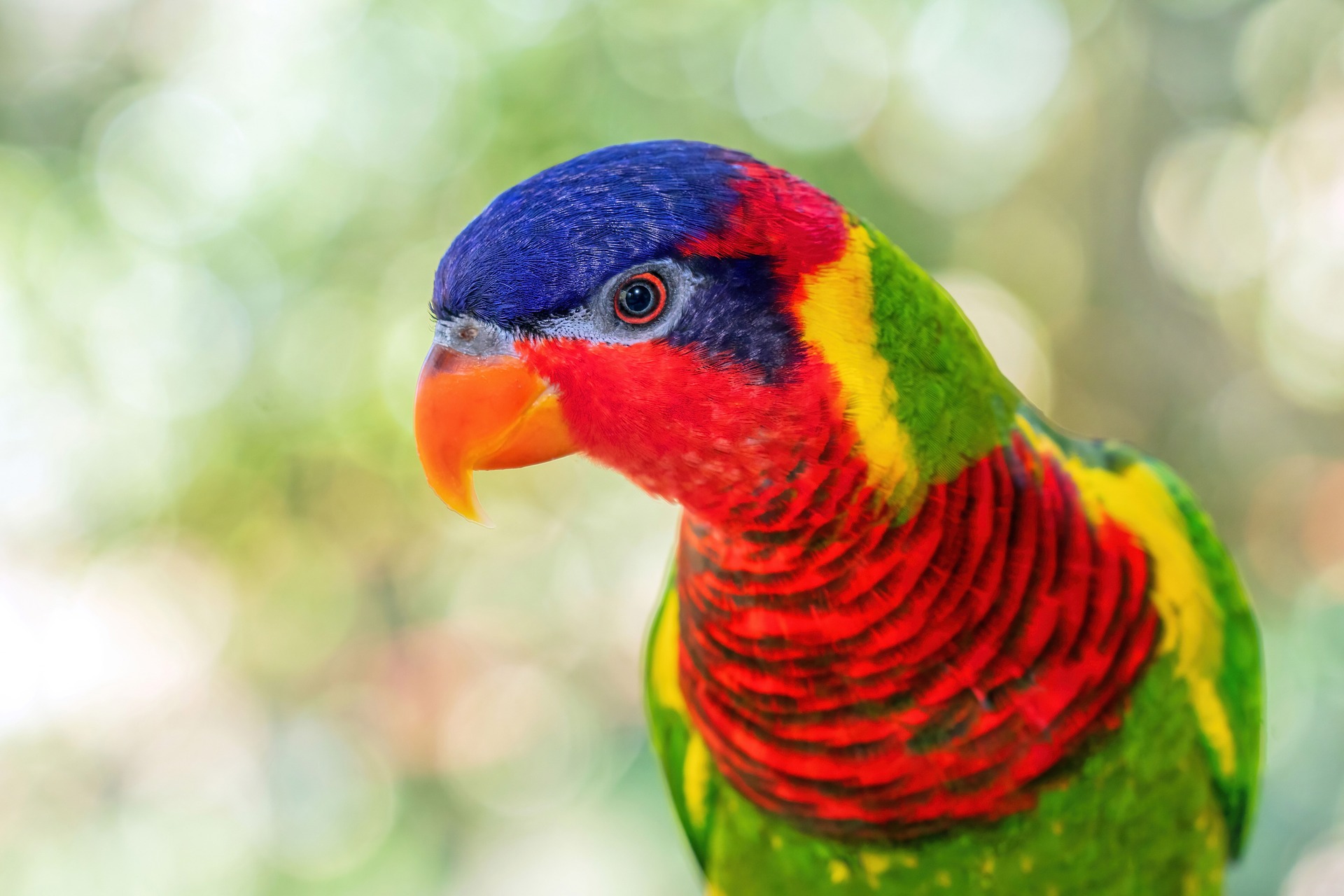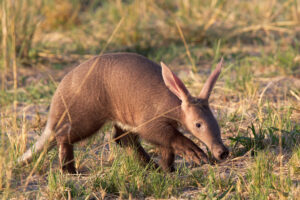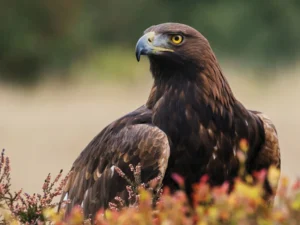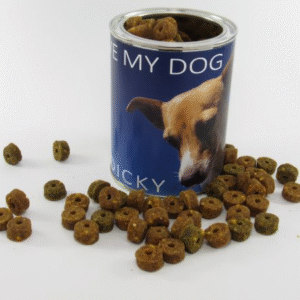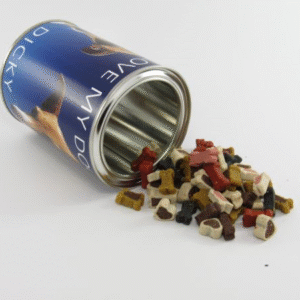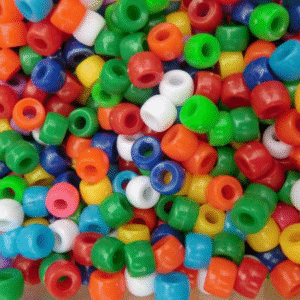Ornate Lorikeets are vibrant, energetic birds known for their striking plumage and playful personalities. As one of the most beautiful species of parrot, their colorful feathers, lively nature, and intelligence make them wonderful
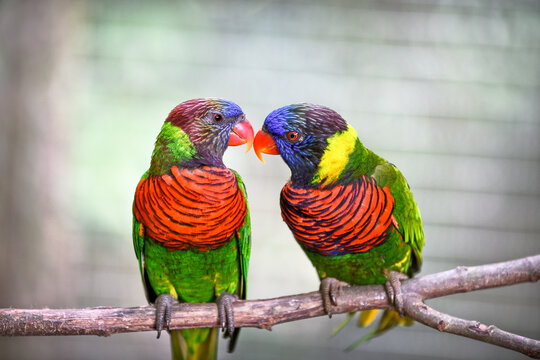
companions. However, like all exotic birds, they require special care to thrive in a home environment. If you’re considering bringing an Ornate Lorikeet into your life, here’s a comprehensive guide to help ensure your new feathered friend stays healthy, happy, and well-cared for.
Understanding the Ornate Lorikeet
The Ornate Lorikeet (Trichoglossus ornatus) is a small species of parrot native to Australia. These birds are known for their bright, multi-colored feathers—typically featuring shades of green, blue, yellow, and red, with distinct markings on their faces and necks. Despite their small size (measuring about 10 inches in length), Ornate Lorikeets are active, intelligent, and social creatures.
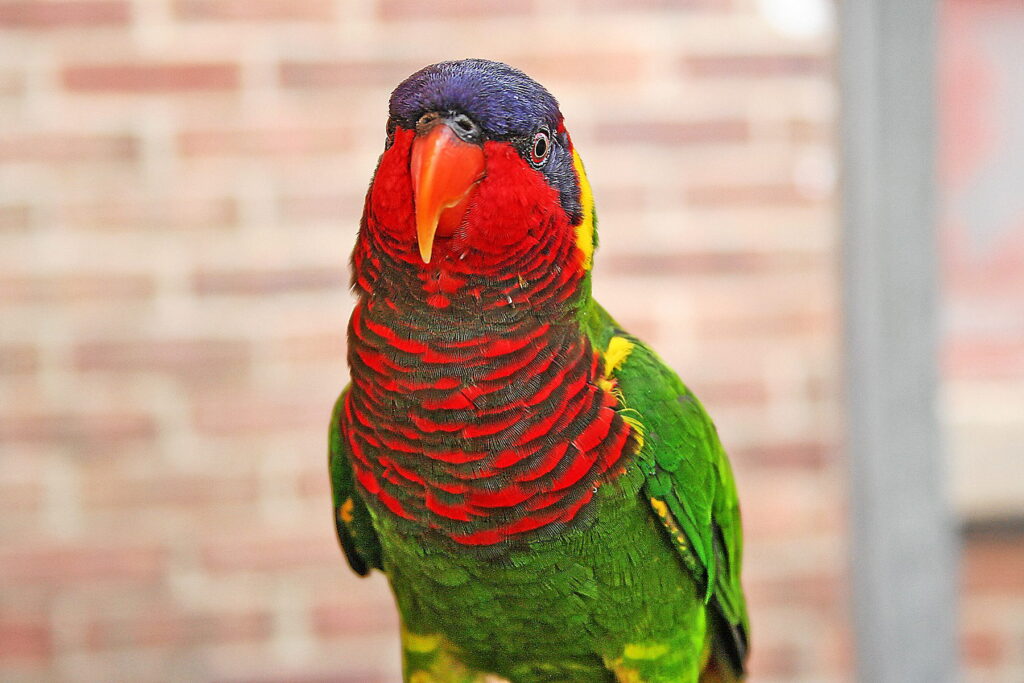
In the wild, these birds feed primarily on nectar, fruits, and pollen. Their unique brush-tipped tongues are specially adapted for collecting nectar from flowers, and they have a strong preference for sugary, liquid-based food. Because of their specific dietary needs, caring for an Ornate Lorikeet requires some extra effort compared to other pet birds.
Housing Your Ornate Lorikeet
An Ornate Lorikeet is a highly active bird, so providing a large cage is essential. The minimum recommended cage size is 24” x 24” x 30” for a single bird, but larger is always better, especially if you plan to house more than one. A larger cage will give your bird ample room to stretch its wings, climb, and engage in natural behaviors.
Opt for a cage with horizontal bars to encourage climbing, as these birds are excellent climbers. The cage should include plenty of perches of varying diameters and materials (wood, rope, or natural branches) to keep your bird’s feet healthy. Avoid placing perches directly below food or water containers to prevent contamination.
For enrichment, provide a variety of toys such as swings, mirrors, bells, and foraging puzzles to keep your Ornate Lorikeet mentally stimulated. Birds are intelligent and curious, so offering new toys and changing their environment regularly will prevent boredom.
Location
Place your birdcage in a well-lit area of your home, but avoid direct sunlight, as it can lead to overheating. Keep the cage in a safe location away from drafts, open windows, and high-traffic areas. Ornate Lorikeets are social and enjoy interacting with their human family members, so placing their cage in a common area where they can feel part of the action is ideal.
Feeding an Ornate Lorikeet
Ornate Lorikeets have a very specialized diet that is high in sugar and moisture. In the wild, they feed mostly on nectar, fruits, and blossoms. This diet is rich in natural sugars, so it’s crucial to replicate it in captivity to keep your Lorikeet healthy.
Diet Essentials
Offer a high-quality nectar powder that’s specifically formulated for lorikeets. You can mix it with water to create a liquid diet that mimics what they would consume in the wild. Avoid sweetened drinks, as they can be harmful to your bird.
Include a variety of fresh fruits in their diet. Apples, grapes, berries, bananas, and melons are some favorites. Make sure to remove any seeds that may be toxic to birds (such as apple seeds).
While lorikeets have a sweet tooth, it’s also important to provide some vegetables in their diet, such as leafy greens (spinach, kale), carrots, and sweet potato. These should be offered in moderation, as lorikeets are mainly fruit eaters.
If you can, offer edible flowers such as dandelions, hibiscus, and nasturtiums. These provide essential nutrients and mimic their natural foraging behaviors.
Avoid feeding your Ornate Lorikeet chocolate, avocado, caffeine, or alcohol, as these foods are toxic to birds.
Always provide fresh, clean water daily. Since their diet consists of liquid-based foods, Ornate Lorikeets often drink less water than other birds, but it’s still essential to ensure they have access to fresh water at all times.
Grooming and Maintenance
Ornate Lorikeets are naturally clean birds that preen themselves regularly. However, they may need occasional help with their grooming. Check their feathers for any signs of dirt or damage, and gently mist them with water to encourage preening and maintain their feather health.
Regular baths are also essential for keeping your Lorikeet’s feathers in top condition. You can provide a shallow dish of water or spray them with a fine mist, depending on their preference. Be sure the water temperature is lukewarm and comfortable.
Your Lorikeet’s beak and nails may require attention over time. Provide safe chewing toys to help naturally wear down their beak and prevent overgrowth. For nails, if they become too long, you may need to trim them with special bird nail clippers. If you’re unsure, seek advice from an avian veterinarian.
Health and Wellness
Ornate Lorikeets are generally healthy birds, but they are prone to specific health issues, including gastrointestinal problems due to their sugar-rich diet. Make sure you are feeding them a balanced diet and offering them regular opportunities to exercise.
Signs of Illness
Always monitor your bird for signs of illness, such as:
- Lack of appetite
- Fluffed-up appearance (especially if persistent)
- Changes in droppings
- Difficulty breathing
- Lethargy
If you notice any of these symptoms, it’s important to seek veterinary care from an avian specialist immediately. Regular check-ups can help catch potential health issues early.
Socializing and Bonding
Ornate Lorikeets are highly social and thrive on interaction with their human family members. They can form strong bonds with their owners, and many even enjoy sitting on your shoulder or being handled gently. Spend time with your bird every day—talk to them, offer treats, and engage in interactive play. This helps build trust and allows your bird to feel part of your family.
Since they are social birds, it’s important not to leave them isolated for long periods. If you’re away often, consider getting a second Lorikeet to keep them company (but always supervise initial introductions to ensure compatibility).
Conclusion: A Rewarding Companion
Caring for an Ornate Lorikeet can be an incredibly rewarding experience. These colorful and intelligent birds bring joy and vibrancy to any home with their playful antics and affectionate nature. By providing them with the right diet, plenty of stimulation, and regular care, you can ensure that your Ornate Lorikeet will thrive as a happy, healthy companion for years to come.
If you’re ready to take on the responsibility, these beautiful birds will repay you with love, laughter, and their bright, beautiful personalities!

